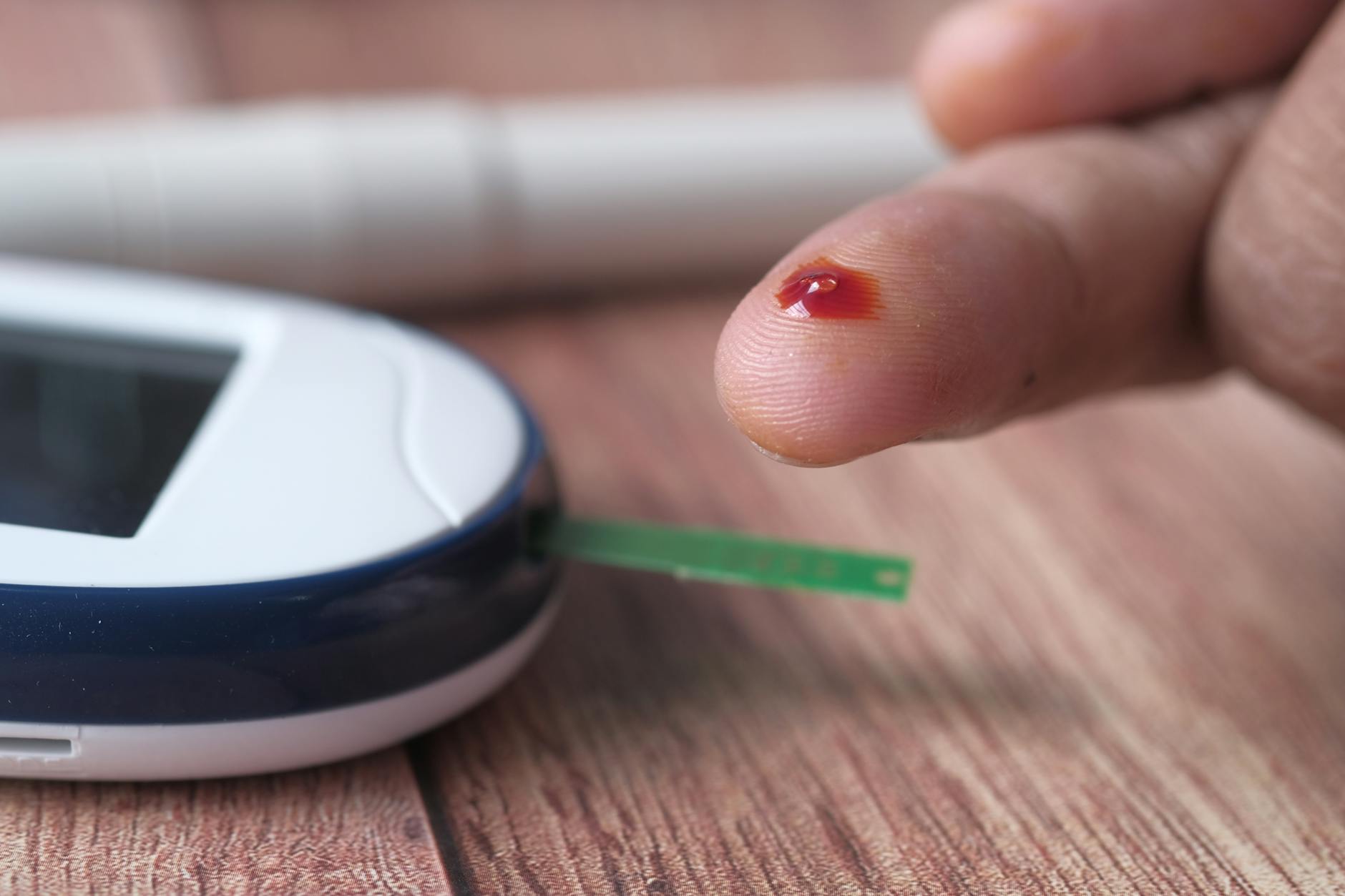Unlock the secrets to managing Type 2 diabetes with these expert tips and tricks for taking control of your health.
Table of Contents
Living with Type 2 diabetes can be challenging, but armed with the right knowledge and strategies, it is possible to lead a fulfilling and healthy life. In this comprehensive guide, we will explore the ins and outs of Type 2 diabetes, from diagnosis to control, to help you navigate this condition with confidence.
Understanding Type 2 Diabetes
Type 2 diabetes is a chronic condition characterized by high levels of blood sugar, caused by the body’s inability to effectively use insulin. Insulin is a hormone produced by the pancreas that regulates blood sugar levels. When insulin resistance develops, blood sugar levels rise, leading to Type 2 diabetes. Common risk factors for Type 2 diabetes include genetics, obesity, and lack of physical activity.
Diagnosis and Symptoms
Diagnosing Type 2 diabetes typically involves a blood test that measures blood sugar levels. Symptoms of Type 2 diabetes include increased thirst, frequent urination, fatigue, and blurred vision. It is essential to consult a healthcare provider for a proper diagnosis and treatment plan if you suspect you may have Type 2 diabetes.
Managing Type 2 Diabetes
Managing Type 2 diabetes involves a combination of medication, lifestyle changes, and monitoring blood sugar levels. Medications such as metformin, insulin, and other oral medications may be prescribed to help control blood sugar levels. In addition to medication, lifestyle modifications such as following a healthy diet, engaging in regular physical activity, and maintaining a healthy weight are essential for managing Type 2 diabetes.
Diet and Nutrition
A balanced diet plays a crucial role in managing Type 2 diabetes. Focus on consuming a variety of nutrient-dense foods, including fruits, vegetables, whole grains, lean proteins, and healthy fats. Limit the intake of sugary foods, processed foods, and beverages high in sugar. Monitoring carbohydrate intake and portion sizes can also help control blood sugar levels.
Physical Activity
Regular physical activity is key in managing Type 2 diabetes. Exercise helps lower blood sugar levels, improve insulin sensitivity, and maintain a healthy weight. Aim for at least 150 minutes of moderate-intensity aerobic exercise per week, along with strength training exercises to improve muscle mass and overall health.
Monitoring Blood Sugar Levels
Monitoring blood sugar levels regularly is essential for tracking progress and making informed decisions about diabetes management. Use a blood glucose meter to check blood sugar levels at home and keep a record of readings to share with your healthcare provider. Consistent monitoring can help identify trends and make necessary adjustments to your treatment plan.
| Stage | Action | Description |
|---|---|---|
| Diagnosis | Consultation | Meet with healthcare provider for testing and diagnosis |
| Education | Learn about diabetes management, lifestyle changes, and monitoring | |
| Medication | Discuss medication options and start treatment if necessary | |
| Control | Diet | Follow a balanced diet with controlled portions and monitoring of carbohydrates |
| Exercise | Incorporate regular physical activity to improve blood sugar control | |
| Monitoring | Regularly check blood sugar levels and track progress | |
| Doctor Visits | Keep up with regular appointments and screenings |
Preventing Complications
People with Type 2 diabetes are at higher risk for various complications, including heart disease, stroke, kidney disease, and nerve damage. Taking proactive steps to manage blood sugar levels, blood pressure, and cholesterol can help prevent complications. Regular check-ups with healthcare providers and maintaining a healthy lifestyle are crucial for reducing the risk of complications.
Seeking Support and Resources
Coping with Type 2 diabetes can be overwhelming, but you are not alone. Seek support from friends, family, and healthcare professionals who can provide guidance and encouragement. Joining support groups, attending educational workshops, and utilizing online resources can also help you connect with others facing similar challenges and access valuable information.
Embracing a Positive Mindset
Living with Type 2 diabetes requires resilience and a positive mindset. Focus on what you can control, such as following a healthy lifestyle, managing stress, and seeking support when needed. Stay motivated by setting achievable goals, celebrating small victories, and staying informed about the latest developments in diabetes management.
Conclusion
Living with Type 2 diabetes is a journey that requires dedication, perseverance, and a proactive approach to managing your health. By understanding the nuances of Type 2 diabetes, making healthy choices, and seeking support when needed, you can take control of your diabetes and lead a fulfilling life. Remember, with the right tools and mindset, managing Type 2 diabetes is within your reach.
Frequently Asked Questions
What are the common risk factors for developing Type 2 diabetes?
Answer 1: Common risk factors for Type 2 diabetes include genetics, obesity, lack of physical activity, and unhealthy eating habits. These factors can contribute to insulin resistance and high blood sugar levels, leading to the development of Type 2 diabetes.
How is Type 2 diabetes diagnosed?
Answer 2: Type 2 diabetes is typically diagnosed through a blood test that measures blood sugar levels. Healthcare providers may also consider symptoms such as increased thirst, frequent urination, fatigue, and blurred vision when diagnosing Type 2 diabetes.
What lifestyle changes are essential for managing Type 2 diabetes?
Answer 3: Lifestyle changes such as following a healthy diet, engaging in regular physical activity, maintaining a healthy weight, monitoring blood sugar levels, and taking prescribed medications are essential for managing Type 2 diabetes effectively and preventing complications.
How can I prevent complications associated with Type 2 diabetes?
Answer 4: To prevent complications related to Type 2 diabetes, it is crucial to manage blood sugar levels, blood pressure, and cholesterol effectively. Regular check-ups with healthcare providers, maintaining a healthy lifestyle, and seeking support and resources can help reduce the risk of complications associated with Type 2 diabetes.





